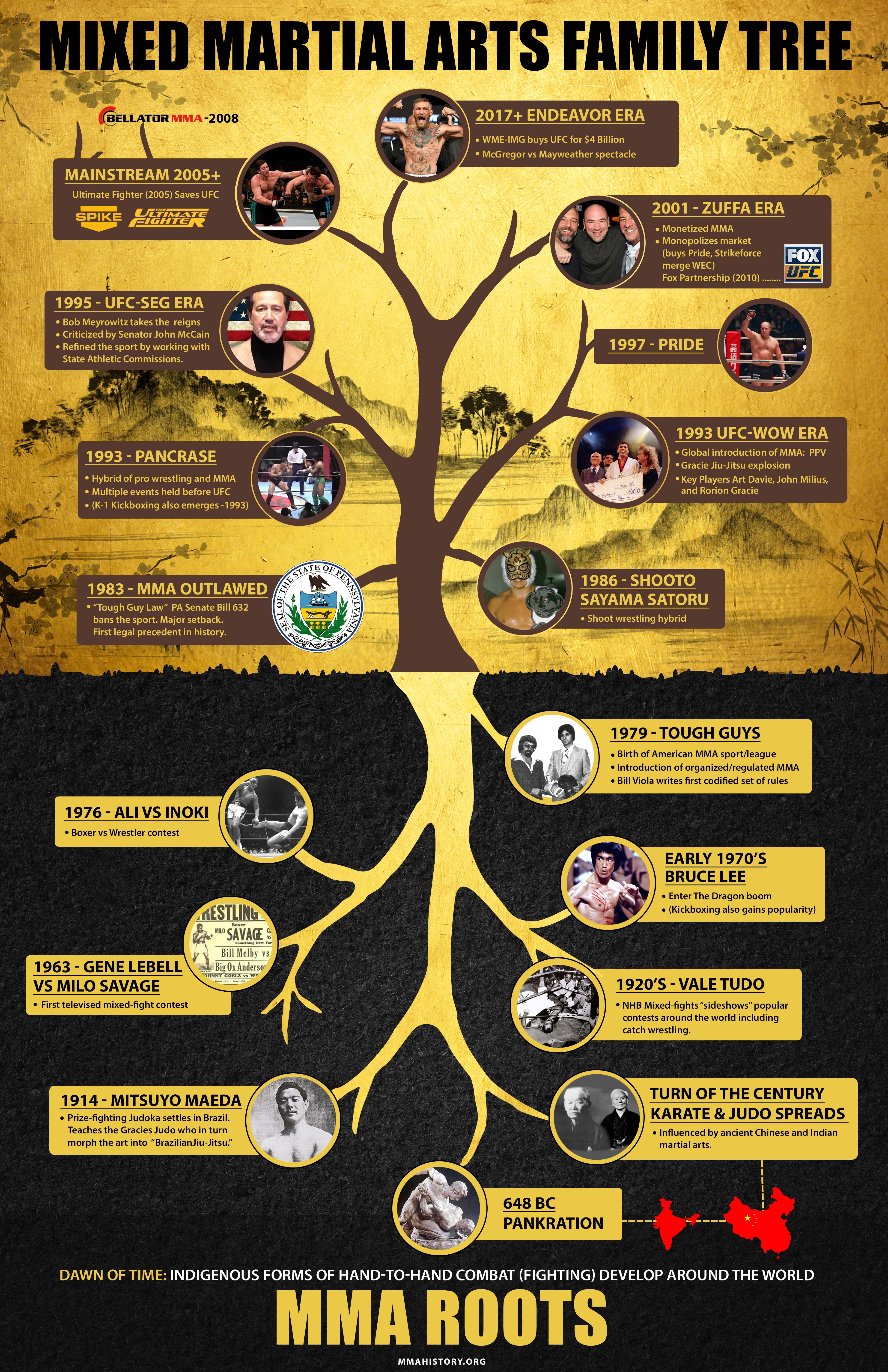Just How Do Typical Martial Arts Emphasis On Discipline Contrast To Contemporary Battle Sporting Activities Focus On Competitors? Discover The Key Differences That Can Form Your Trip
Just How Do Typical Martial Arts Emphasis On Discipline Contrast To Contemporary Battle Sporting Activities Focus On Competitors? Discover The Key Differences That Can Form Your Trip
Blog Article
Author-McGinnis Hovgaard
When you consider martial arts, do you lean extra towards the standard practices or the contemporary battle sporting activities? Each course supplies special advantages and experiences, shaped by their approaches and training methods. read full article and self-control, while modern-day fight sporting activities focus on competitors and performance. Understanding these differences can direct you in choosing the appropriate technique for your trip. Yet just how do these differences show up in training and viewpoint?
The Viewpoint and History Behind Traditional Martial arts
While lots of people link martial arts with physical battle, the approach and background behind typical martial arts run much deeper. You'll find that these techniques highlight individual growth, technique, and regard.
Originating from old techniques, conventional martial arts were usually developed for Self-Defense and spiritual development. They embody principles such as balance, harmony, and self-control, leading experts past mere combating abilities.
As you educate, you'll not only find out strategies yet additionally acquire insights right into the culture and values that formed these arts. The routines and traditions, typically given with generations, cultivate a sense of neighborhood and belonging.
The Competitive Nature of Modern Combat Sports
Modern fight sports have actually changed the landscape of martial arts right into a very competitive arena, where professional athletes face off in an examination of ability, approach, and endurance.
You'll discover that competitors are typically arranged with rigorous policies and laws, ensuring justice and safety. https://martial-arts-near-me-kids88876.bleepblogs.com/35513419/the-value-of-adaptability-in-fighting-style-direction attract big target markets, fueling the enjoyment and strength of matchups.
Professional athletes train carefully, not just for physical prowess however also for psychological strength, understanding that every detail counts in the ring. The adrenaline rush throughout competitors is palpable, as competitors push their limitations to declare victory.
Followers appreciate the athleticism and artistry entailed, making modern combat sporting activities a thrilling spectacle that continues to evolve and mesmerize enthusiasts around the world.
Training Approaches and Techniques: A Comparative Evaluation
The competitive ambience of modern battle sports needs innovative training methods that vary considerably from traditional martial arts.
In modern-day training, you'll concentrate on particular strategies, competing, and conditioning, typically utilizing drills that mimic real battle circumstances. You'll see a focus on measurable performance and frequent competition to evaluate your skills.
On the other hand, standard martial arts focus on forms, katas, and thoughtful trainings, commonly stressing discipline and respect over competitors.
Training is usually less intense and may entail repetitive technique rather than real-time sparring.
While both strategies build ability and health and fitness, modern-day fight sporting activities offer a much more dynamic and adaptable training atmosphere, preparing you for instant challenges in the ring or cage.
Pick the path that straightens with your goals and interests.
Final thought
In choosing in between conventional martial arts and modern combat sports, it actually boils down to what you value a lot of. If you're trying to find personal development, self-control, and a sense of area, conventional arts might be your finest fit. Yet if you prosper on competition and real-time challenges, contemporary combat sporting activities could be the method to go. Inevitably, both paths supply unique benefits, so it's all about aligning your training with your individual goals and passions.
